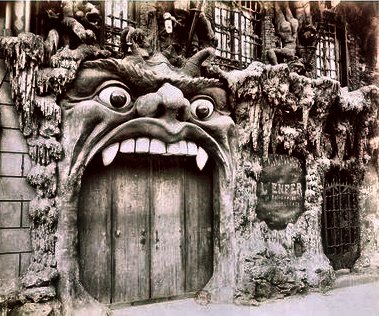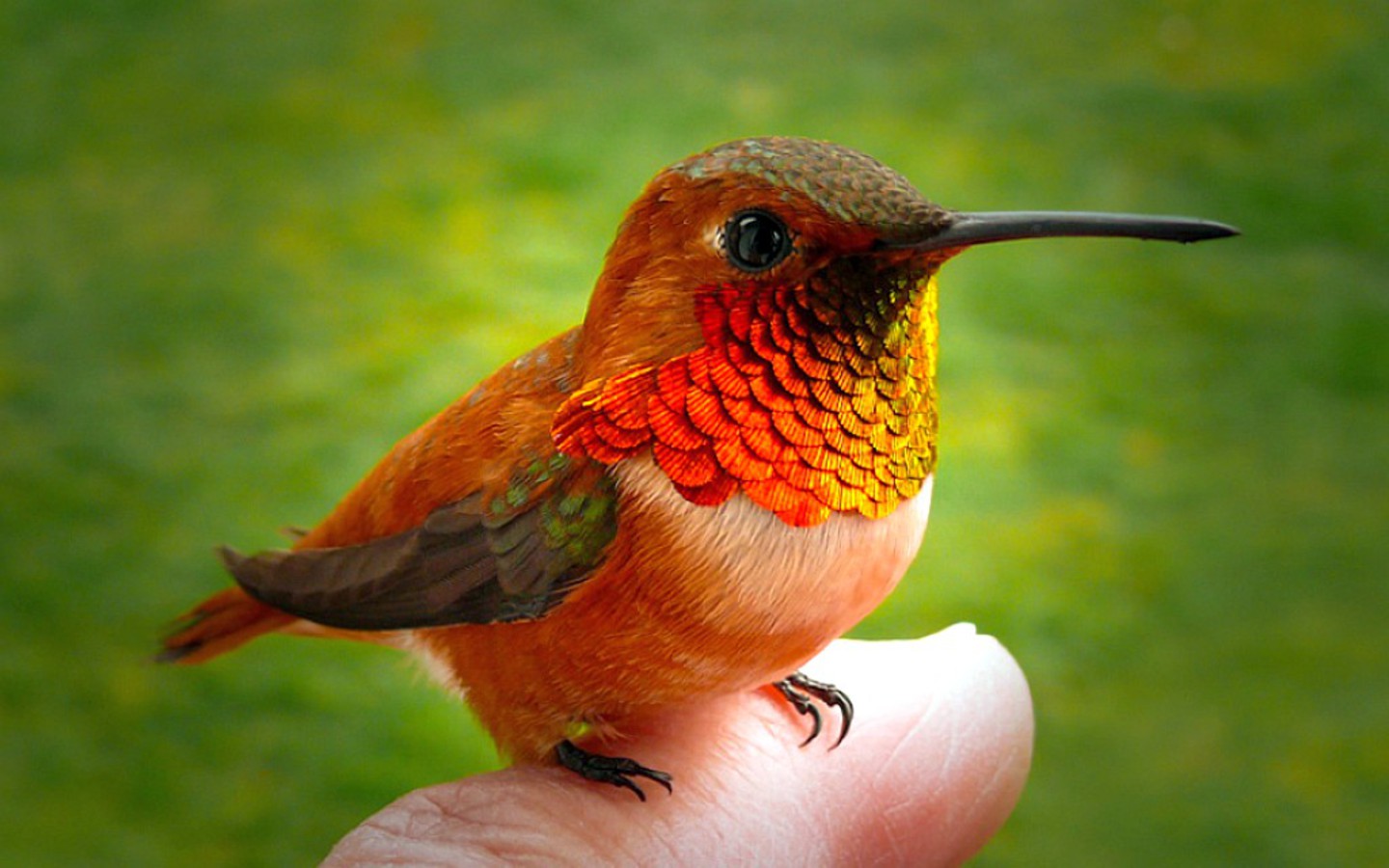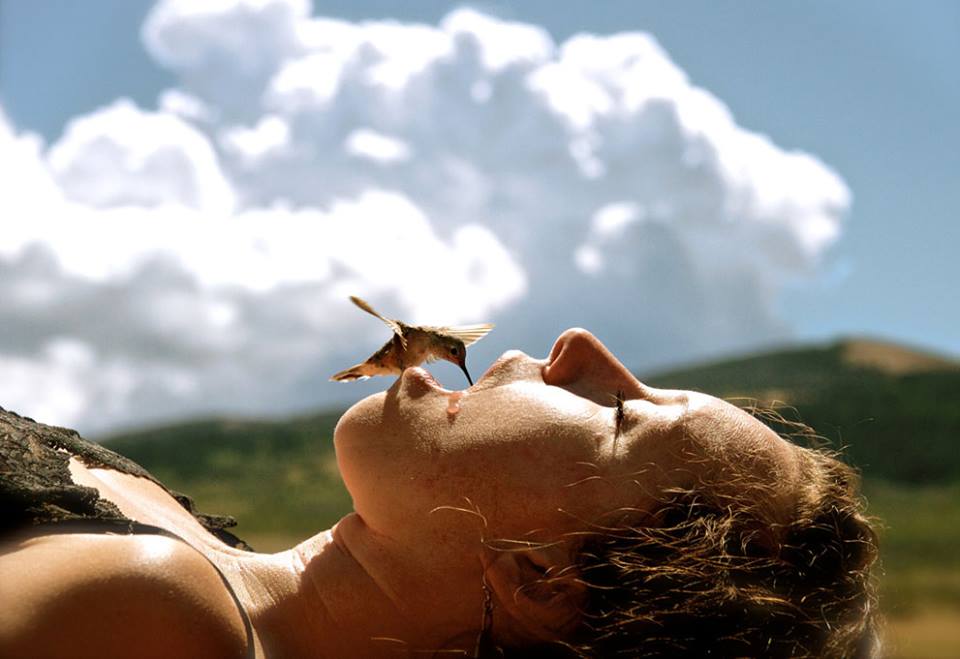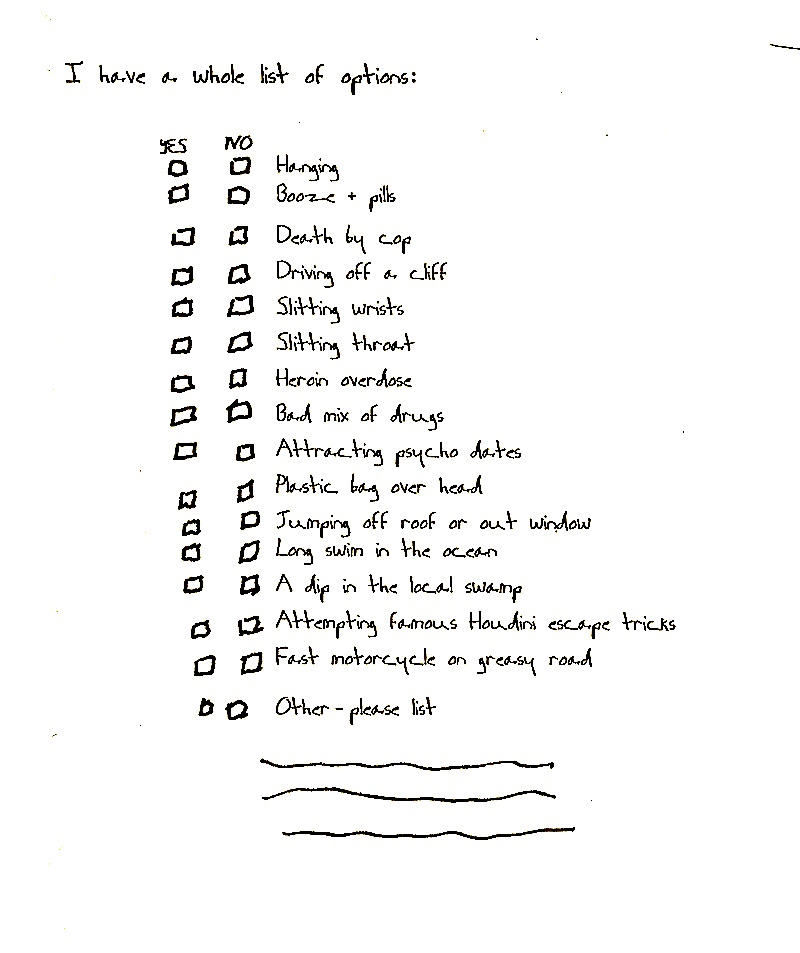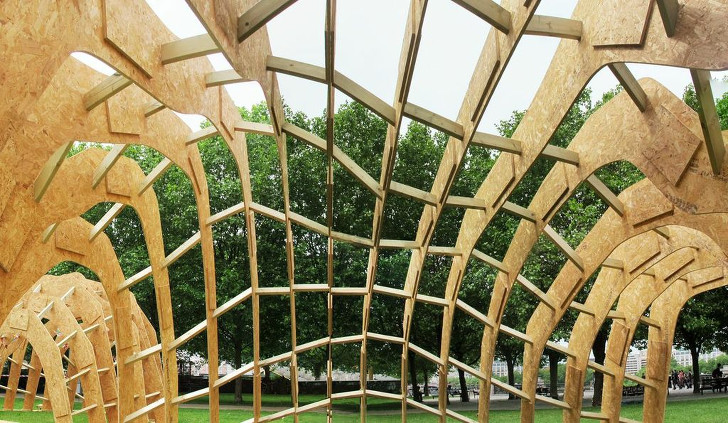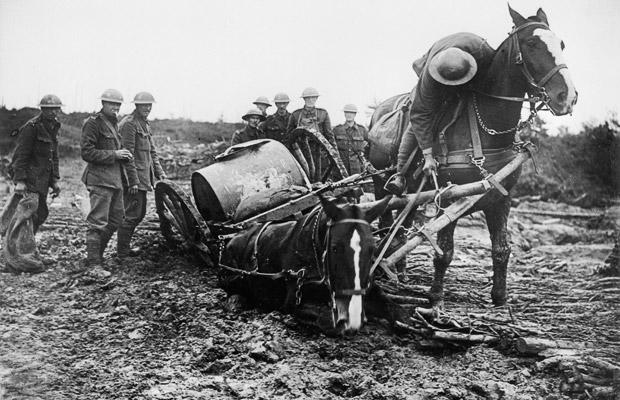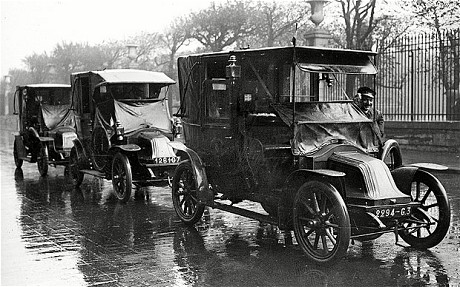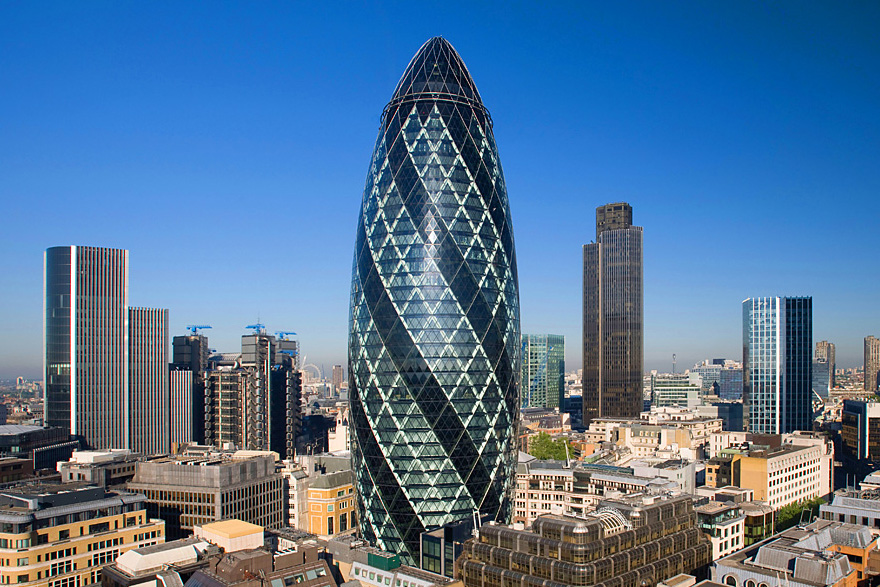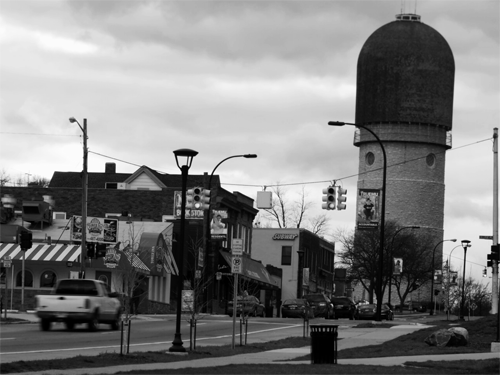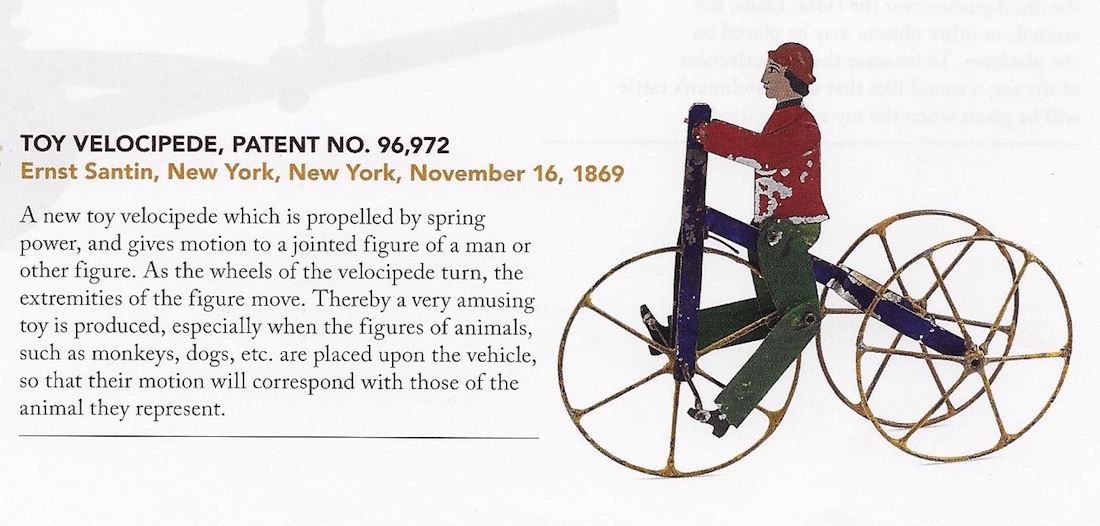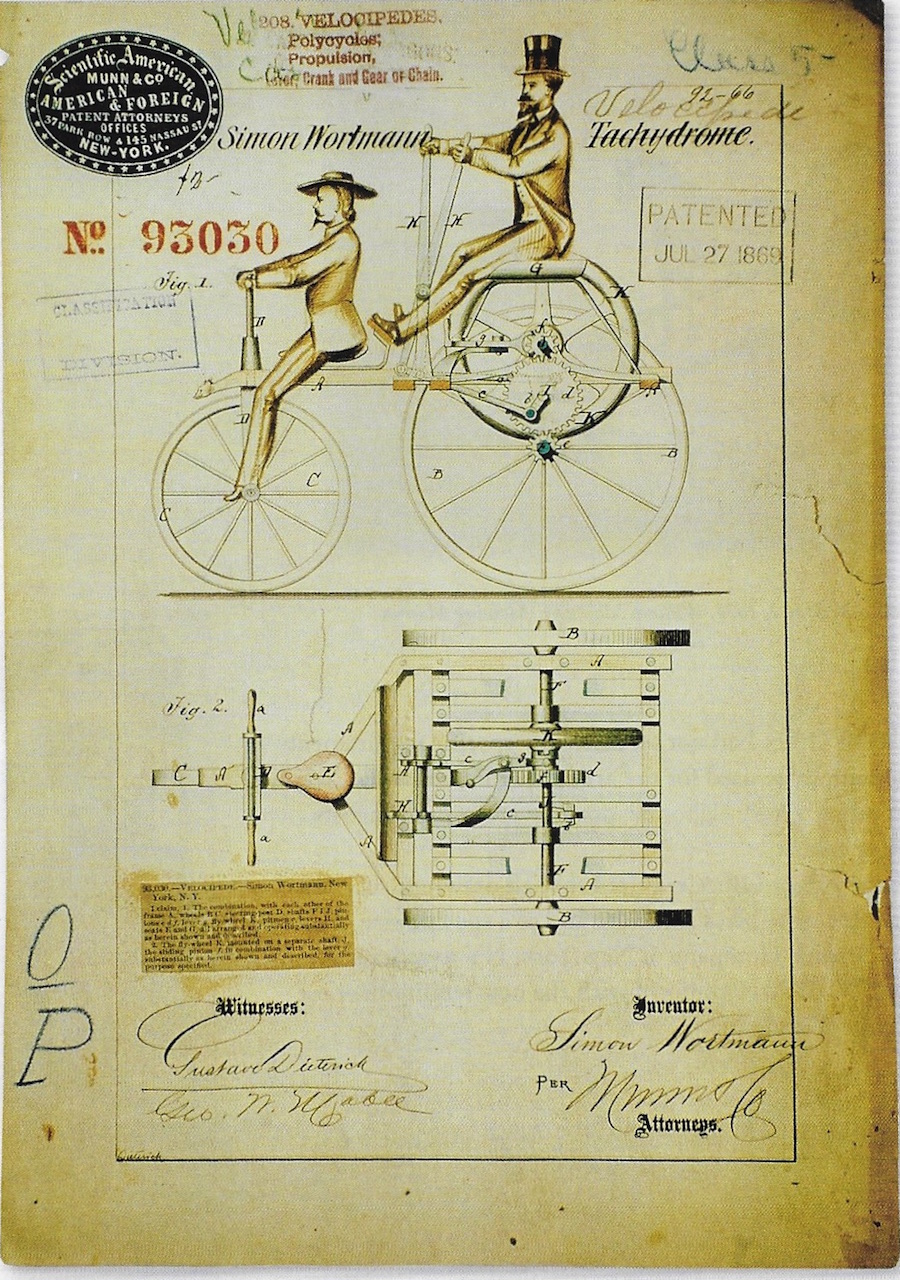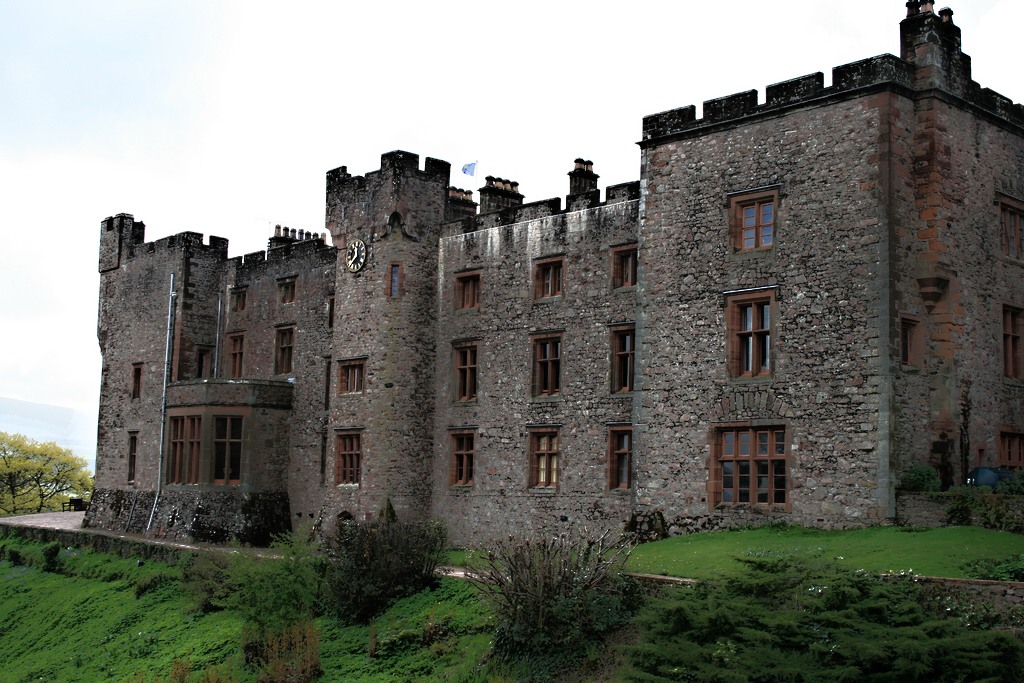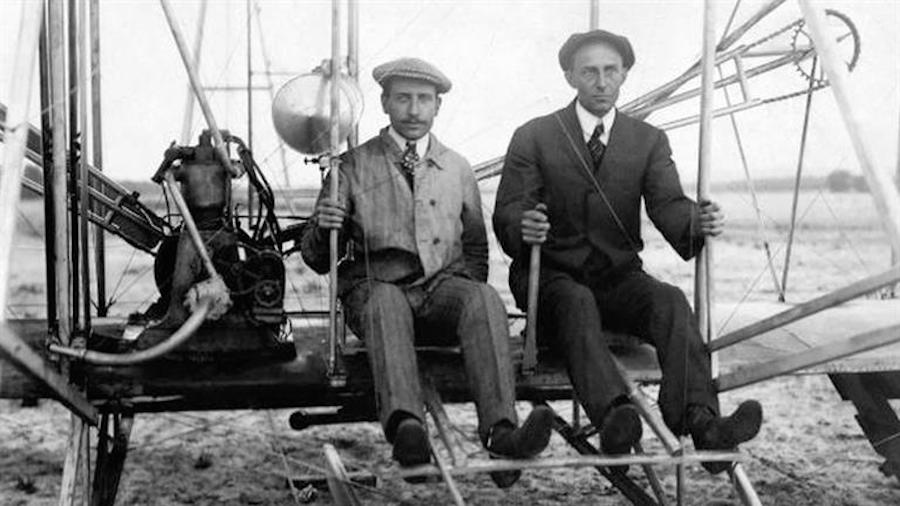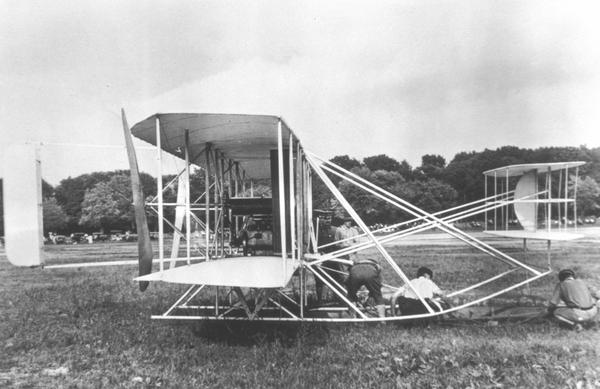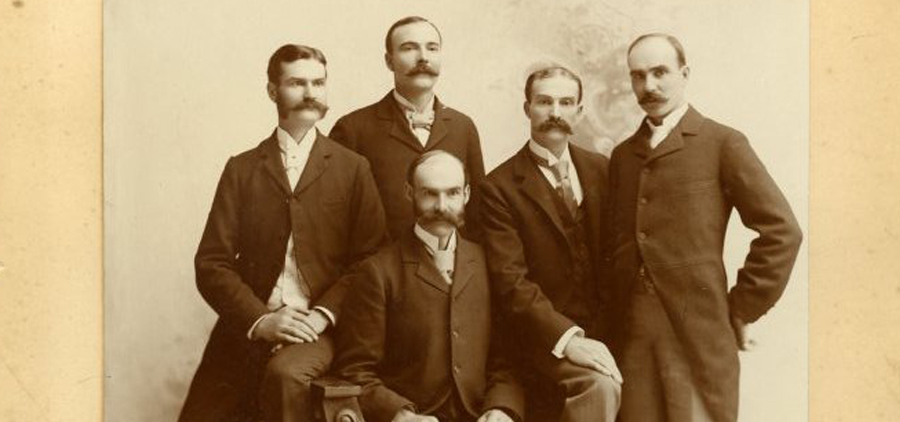Great Reviews, Articles, Readings
or Poems
we seek art that will enhance the essence of the words,
underline the point-of-view for the reader:
a picture, drawing, sketch or photograph to enhance the gestält
about the messages.
Three Novellas
Uday Prakash
Jason Grunebaum, Translator
(Seven Stories Press)
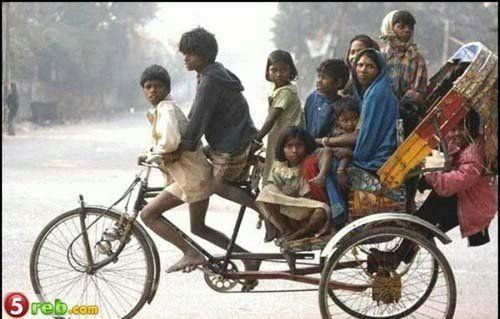
There is a simple sweeper named Ramnivas who at work one day at the club for the elite and happens to knock his broom against the wall to make it sit better and the wall breaks a bit, he peeks in and sees thousands and thousands of rupees stacked up there and he reaches in and takes out a couple of packets, wraps them in a paper and he - - - a man who "was known for being such a penny pincher. She never liked the way he'd come around Sanjay's and try every trick in the book to convince someone to buy him a cup of chai, or a bidi."And then, after his discovery he "didn't just include Sanjay and Santosh in the round of chai, but also Devi Deen, the cobbler, and Madan, the bicycle repairman. And not just plain old chai, but the deluxe brew - - - strong with cardamon."
See how Prakash does it? Those details. The transformation: even Mandan, the bicycle man, the bicycle man gets some. And not just plain old chai, "but the deluxe brew - - - strong with cardamon."
And you know, you just know . . . how it's going to end.
And it does.
Go to the
review
of this bookEugène Atget's Paris
&
Walter Benjamin
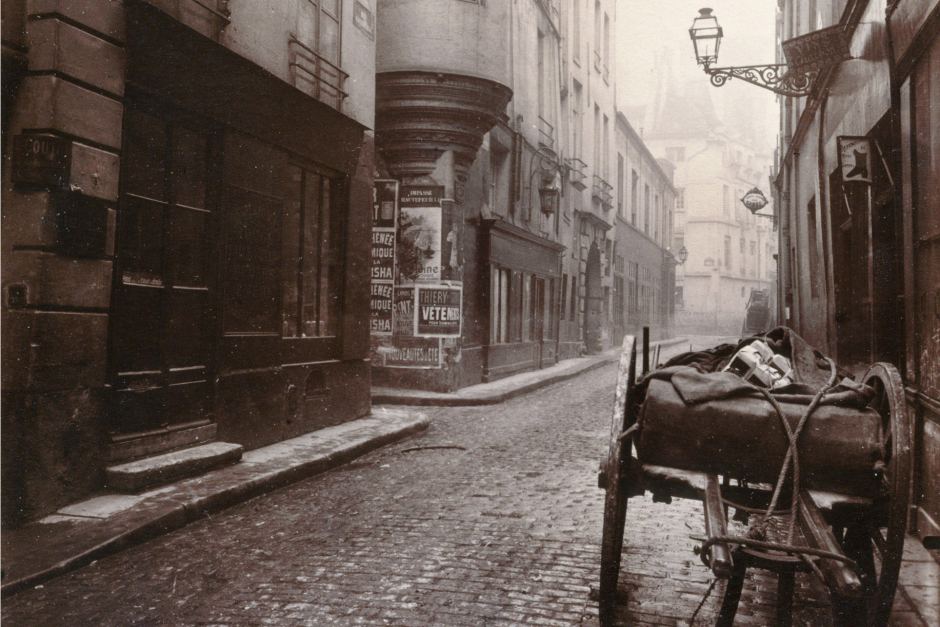
To have given this development its local habitation constitutes the unique significance of Atget, who, around 1900, took photographs of deserted Paris streets. It has just been said that he photographed them like scenes of crimes. A crime scene, too, is deserted; it is photographed for the purpose of establishing evidence. With Atget, photographic records begin to be evidence of the historical trial. This constitutes their hidden political significance.Empty is the Potre d'Arceuil by the fortifications, empty are the triumphal steps, empty are the courtyards, empty, as it should be, is the Place du Tertre. They are not lonely, merely without mood; the city in these pictures look cleared out, like a lodging that has not yet found a new tenant. It is in these achievements that Surrealist photography sets the scene for a salutary estrangement between man and his surroundings. It gives free play to the politically educated eye, under whose gaze all intimacies are sacrificed to the illumination of detail.
The squares in Paris are lucky accidents, as it were, in the urban landscape; they do not enjoy the patronage of history like the Place Vendôme or the Place de la Grève, are not the result of long planning, but instead resemble architectural improvisations --- those crowds of houses where the shabby buildings collide in a jumble. In these squares, the trees hold sway: there the smallest trees afford thick shade. At night, however, their leaves stand out against the gas-burning street lamps like transparent fruits. These tiny hidden squares are the future Gardens of the Hesperides.
--- Quotes from Benjamin's Passages
Alexander Gelley
©2015 Fordham University Press
Go to the complete
reviewHummingbirds
Ronald Orenstein
(Firefly Books)The largest hummingbird is the Patagona gigas of Chile, ten times larger than the bee. This "giant" hummingbird is nine inches long, and weighs as much as .8 oz, but, outside of sheer weight, it is a dull-bulb, a bomb. Its coloration has been described by a leading ornothologist as "boring." Supporters of the giant hummingbird have banded together to taunt these experts, lambasting them with constant twitters, larding them with the bird's meager if insulting droppings.
Still, there may be a brighter day for the patagona, because its days as the hummingbird gargantua may soon be over. This change has been brought about through studies of the common ruby-throat. With its extensive range, scientists have learned that it must store up energy as fat . . . almost doubling its weight. This has led to the recent success of Japanese laboratories to selectively produce ever-larger hummingbirds. By inbreeding, conjoined with exercise programs, and goose-style enforced feeding programs, ornithologists at Kobe University have recently created our first 65-pound hummingbird.
Named Tubby the Terrible for his phenomenal girth (and miserable disposition), this fugitive from the gland gang can, unfortunately, no longer twitter, but merely groan. However, Tub uses his weight to get what he wants. When he spots another male hummingbird trying to pinch his poke, he sits on the sucker until he cries uncle.
Still, this bovine ruby-throat can barely fly, has trouble moving about at all. It was perhaps in anticipation of this obese creature that Fats Waller composed his famous lyrics "Your Feets Too Big,"
Oh your pedal extremities are colossal
To me you look just like a fossil
You got me walkin', talkin' and squawkin'
'Cause your feet's too big, yeah
Come on and walk that thing
Oh, I've never heard of such walkin', mercy
Your, your pedal extremities really are obnoxious
One never knows, do one?
Go to the full text of the
reading
Moko Maori Tattoo
Hans Neleman, Photographer
(Edition Stemmle)It's a question of face, isn't it?..."the face we prepare to face the world..." It is the part of us that presents the Me to Everyone Else.Many women of the west painted their lips and cheeks, shaded their eyes and eyelashes, and hung decorations from the ears. This was supposedly to enhance one's beauty, make one more interesting or desirable. But if I am Hindu, a third eye painted above the bridge of my nose is not for sensual purposes, it, instead, tells the world of my religious beliefs.
Contrariwise, if I am a young American, sticking pins in the eyebrows, a jewel through the nose, a ring in the lips --- I am showing all who meet me that I am different, and that I am willing to go through pain to assert that difference in the skin.
All these have one element in common: the third eye, the lipstick, the rings can all be removed. But there is no going back with the facial tattoo of the Maori. It is a painful process of design which states publicly one's passionate belief in one's people, and their ways, and their religion and history.
These photographs, almost a hundred in number, are a wonderful peek at a culture of artful difference. Some of the tattoos are delicate, understated. But some are a poke in the face, so to speak, at the world. Sinn Dog's decoration, running across the lower half of his face --- like a mask --- including nose, lips, cheeks and chin, proclaims MONGREL FOR LIFE. He is an ominous-looking dude, with or without tattoo. Meeting him in a bar, I would suspect most of us would speak to him with caution and some care. His life-time sign, right there before your eyes, says it all.
Go to the full
review
My Depression
A Picture Book
Elizabeth Swados
(Seven Stories)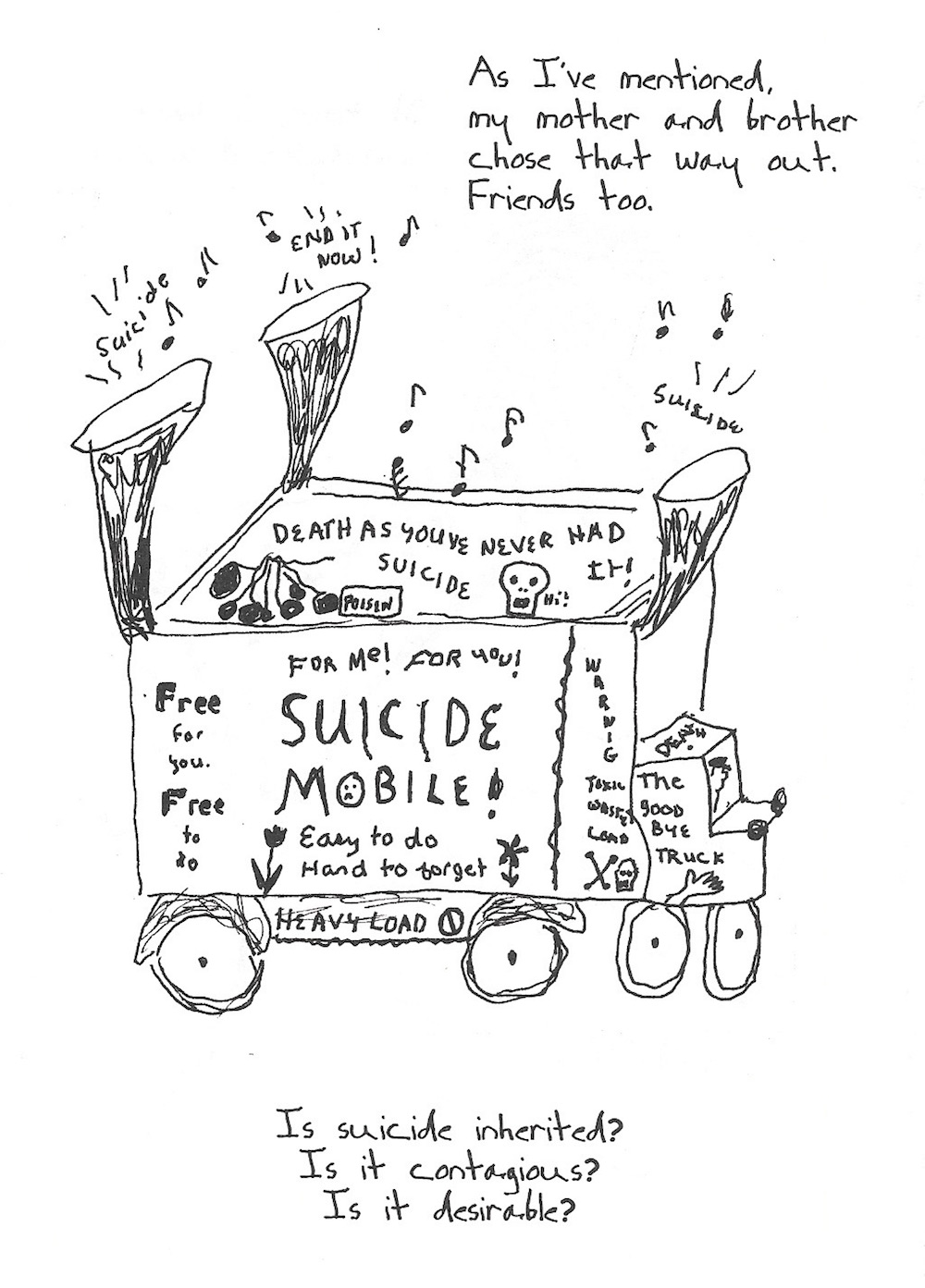 I'd say this is one of the more whimsical if not ludicrous books on this vastly depressing subject, Depression. In the base contradiction of grim reality and exquisite humor, this volume is right up there with Sic: A Memoir and Most of Me.
I'd say this is one of the more whimsical if not ludicrous books on this vastly depressing subject, Depression. In the base contradiction of grim reality and exquisite humor, this volume is right up there with Sic: A Memoir and Most of Me."I've had depressions on and off for most of my life," says Ms. Swados. Many of us are right there with her, but not so sure that we should be bragging. It's a bit like touting the big nuclear plant they are building over on the beach nearby.
Furthermore, our experience is that when we're in the midst of one of these sieges, we are surely not be found reading a book, not even a comic book like this one; especially one named Depression.
It may be the hair of the dog, but thank you, during these boring home movies, we'd prefer not to read at all. It's not just a matter of preference. The sucker just won't let us out that easy.
Half-way into the film of these sieges, we find ourselves stuck: What's going on? Why can't I climb out of this pit? So we go on hiding in the back room there where, as she says, "Each moment feels like it lasts forever."
There are, they say, always pills, and booze, and television. Me? I prefer watching golf tournaments, because golf is about as brainless --- and thus even more comforting --- than a FOX newscast, say. Or a "reality" show. (Why do a reality show while we are right in the middle of one of our own, anyway?)
Go to the complete
readinghttps://www.krabarchive.com/ralphmag/IX/patents.html
Chickens in the Road
An Adventure in Ordinary Splendor
Suzanne McMinn
(Harper One)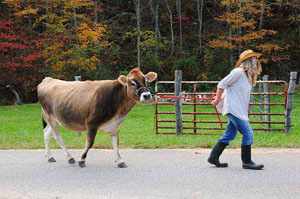 Ms. McMinn seems to get along better with cows than with people, or at least with men people. This, after buying her first heifer: "I named her Beulah Petunia and became besotted with her." She also becomes besotted with milking Beulah Petunia (I didn't make up that name: McMinn did).
Ms. McMinn seems to get along better with cows than with people, or at least with men people. This, after buying her first heifer: "I named her Beulah Petunia and became besotted with her." She also becomes besotted with milking Beulah Petunia (I didn't make up that name: McMinn did).I'd never heard of milking a cow once a day, but I liked it. I brought home three-quarters of a gallon the first time. I stared and stared at the milk in my refrigerator. And took it out and examined it. And put it back. And took it out. And photographed it like it was artwork. My cow and I, we made that.
Then comes time to get Beulah Petunia married, so Suzanne studies "cow heat cycles" and starts checking out BP's "flower petals" twice daily, "looking for signs." Immediately she tells us what she has learned, becomes our teacher on cow lust and calf production, whether we are interested in cow babies or not.
And the odd thing is we do get interested. All of a sudden out of the blue we want to know all about milking cows and cow cycles in heat and finding a husband for them and marching them across field and stream for a brief courtship and marriage so we can have cow kids to fawn over.
Because McMinn is a great enthusiast, and, on top of that, a cheerful writer. She is also there, at the beginning, a dreadful farmer, just like the rest of us might be if we were to pack up and head out to the north forty. She didn't know then (she knows now) how to pick out the proper place to change one's life from city to country.
So we learn the hard way how to live with horses, cows, pigs, goats, snow and slush in winter, the hot sweats of mid-summer, chasing raccoons out from under the bed, tending to the baby critters (along with her own babies). Finally learning --- like a computer, forty acres is a great teacher --- so that at last it starts to work, and we can even spend time making burnt sugar cakes and sweet potato pie there in West Virginia.
Go to the full text of the
reviewUrgent Architecture
40 Sustainable Housing Solutions
For a Changing World
Bridgette Meinhold
(W. W. Norton)After Katrina, there was the immediate issue of housing. FEMA sent in 70,000 trailers for families to live in, but if they had only gone though this handy list of structures available in Urgent Architecture they would have found housing that could be ordered right now for a tiny percentage of the final cost. At $2500, the HabiHut is a plastic shelter that installs in less than an hour. It is a three-sided pyramid, manufactured in Bozeman, Montana ... almost twelve feet tall at the inside apex with a single door and operable windows. "HabiHut's hexagonal footprint allows multiple units to be joined together to create larger structures as needed. The shape also creates a spacious interior and multipurpose areas with a single room." From Austin, we have the Reaction Housing, which was built to the following parameters:Create a shelter that can be quickly deployed, easily assembled with no tools, big enough to house a lot of people, modular in design, reusable, and relatively inexpensive.
The designer, Michael McDaniel, said his inspiration was the coffee cup --- stackable, insulated, sturdy, and easily transported." Indeed, one photograph shows dozens of these stacked one inside the other, on the docks, ready to be shipped where ever in the world they may be needed.Harry Skinner of Bellingham Washington designed a cheap set of interlocking fiberglass forms that are tough and reusable. They consist of "four equal sections that are eight feet tall with a radius of about five feet. Each section weights sixty pounds, and the four sections can easily be maneuvered and assembled in less than half an hour by a single adult. Flanges on the edges of each section interlock with those on the neighboring sections and when set into place, they simply snap together." Approximate cost: $1,200.
My personal favorite is "The Shelter Box." A British non-profit organisation has come up with "a small portable house, complete in emergency response boxes to provide the initial supplies, including shelters, basic tools, cooking apparatuses, and water filters." From their experience in the floods and mudslides in Sao Jose do Vale do Rio Preto during the flood catastrophe of 2011, 10,000 of these boxes would have given 10,000 families the survival system to maintain until the infrastructure could be put into place. The cost: $1000 a unit. Time to build the survival units --- a matter of hours. Size of the whole in a suitcase: about as much as that guy in the seat behind you is trying to squash into the overhead bin while you cringe in your place hoping he's strong enough not to drop the entire mess and bonk you on the cupola..
Go to the full
review100 Poems Old and New
Rudyard Kipling
(Cambridge)As I look over this collection, drawn by Pinney from his edition of the complete poems, there is much to cheer and little to despair. Kipling was a songster (as much as any performer in the Music Halls of his day) ... and an astute phrase-maker. We can mock his era, and the eon's mind-set, and yet come back again and again to recall the words that were drilled into us in such a loving way on the night-porch as we ourselves were starting to drift into the cool sleep along with the clear and gentle and wise voice sounding against all the sorrows and confusions that may have haunted us during the days that, at night, were made over again into a challenge, and a paean to a man of the earth, one of the "blackfaced crew ... the finest man I knew,"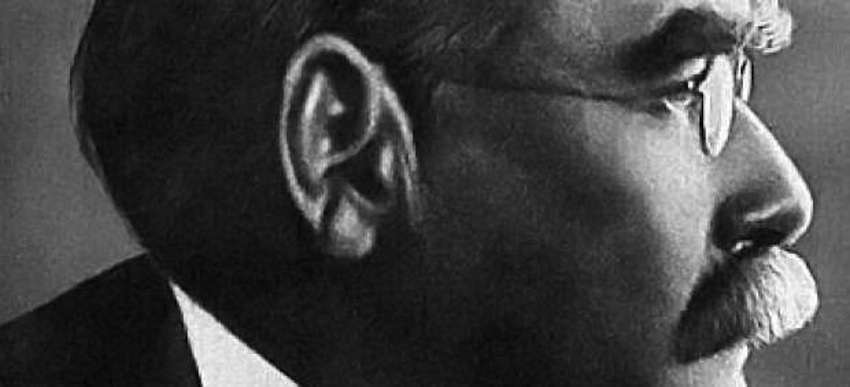
'E carried me away
To where a dooli lay,
An'a bullet came an' drilled the beggar clean.
'E put me safe inside,
An' just before 'e died,
"I 'ope you liked your drink," sez Gunga Din.
So I'll meet 'im later on
At the place where 'e is gone ---
Where it's always double drills an' no canteen.
'E'll be squattin' on the coals
Givin' drink to poor damned souls,
An' I'll get a swig in Hell from Gunga Din!
Yes, Din! Din! Din!
You Lazarushian-leather Gunga Din!
Though I've belted you an' flayed you,
By the livin' Gawd that made you,
You're a better man than I am, Gunga Din!Go to the full
reading
Fire and Movement
The British Expeditionary Force
And the Campaign of 1914
Peter Hart
(Oxford)I've always been rather fond of World War One. It was certainly one of the dumbest conflagrations, fought for no good reason except to prove the blood-lust that hides itself in the soul of men, a people-eater machine that ran on or ran over vague or non-existent principals --- a conflagration astonishingly wasteful of human life, and all natural and manufactured and expensive resources.Alas, the only other wars we can compare it to are the Opium Wars (1839 - 1842 and 1856 - 1860), fought by Western Powers to insure that the Chinese market for the heaviest dope-trips of them all would never be closed down (it still isn't) and --- a near second --- the American Civil War fought, presumably, to put an end to slavery but it is now seen as a brawl initiated for economic reasons, assuring that the Northern States could cadge for themselves the huge import/export resources of the rural and highly productive (and largely unprotected) south --- resulting in their winning and immediately commandeering all assets that passed through the major Confederate ports.
But WWI had a second lethal bonus, the usual unintended consequences --- ones that changed forever the economic status of the parties that fomented it. That is, the war led directly and inevitably to the Great Depression. By killing off in five short years some sixty million of the best and the brightest young men of the world, it generated a missing (or "lost") generation of peoples who otherwise would have moved forward to the universal economic and social well-being so necessary for human progress.
The war itself wrecked the manufacturing infrastructure of eleven nations of Europe (and wrecked the economy of their colonies world-wide), and, at the same time, took the lives of ten million soldiers in the field. Which led to the second great unintended consequence to wriggle out of the War-bag. The conditions of fighting, trench warfare, rats, lice, men eating, living, sleeping and dying together in the most revolting conditions, complete with bodily decay, poisoning the very land, called rightly No Man's Land --- managed to foment a bacterial stew that between 1918 and 1920 produced the pandemic known as "The 'Flu."
No one will ever know for sure the mortality figures for this ultimate catastrophe, because it invaded towns and villages worldwide at a time when medical statistics for most places were non-existent. "In pockets across the globe, something erupted that seemed as benign as the common cold. The influenza of that season, however, was far more than a cold. In the two years that this scourge ravaged the earth, a fifth of the world's population was infected. The flu was most deadly for people ages 20 to 40. This pattern of morbidity was unusual for influenza which is usually a killer of the elderly and young children. It infected 80% of all Americans" Molly Billings reports.The influenza pandemic of 1918-1919 killed more people than the Great War . . . .at somewhere between 20 and 40 million people. It has been cited as the most devastating epidemic in recorded world history. More people died of influenza in a single year than in four-years of the Black Death (Bubonic Plague) from 1347 to 1351. Known as "Spanish Flu" or "La Grippe," the influenza of 1918-1919 was a global disaster.
One physician writes that patients with seemingly ordinary influenza would rapidly "develop the most viscous type of pneumonia that has ever been seen" and later when cyanosis appeared in the patients, "it is simply a struggle for air until they suffocate." Another physician recalls that the influenza patients "died struggling to clear their airways of a blood-tinged froth that sometimes gushed from their nose and mouth." The physicians of the time were helpless against this powerful agent of influenza. In 1918 children would skip rope to the rhyme
I had a little bird,
Its name was Enza.
I opened the window,
And in-flu-enza.Go to the full
readingCultural Encyclopedia
Of the Penis
Michael Kimmel, Christine Milrod,
And Amanda Kennedy, Editors
Rowman & Littlefield)Don't bother to get worked up about this one. It's very academic; in fact, so academic that I managed to go off into Wolkenkuckucksheim not once, not twice ... but thrice: one for each of the three editors.Here there are essays from almost 100 contributors, including one named Bimbi, another named Alter, and others named Leek, Wilde, Tougher. And a double header: Tuck Ngun.
All these names, I submit, offer a subtle echo-chamber tongue-in-the-cheek counter-point to a stunning dullard of a book. Or is that just my leaky, bimbi mind?
For in these 250 pages, we have 150 or so articles many of which are in the please-spare-me category. Like, "Masturbation" (no more masturbation highlights and tips, please). Or "Penis Envy" (we call it "Freud's Frippery!") Or "Chastity Belt" (nice photograph though and an up-to-date see-thru thick plastic complex, complete with sturdy protective overhang). "HIV/AIDS" (no-no-no! makes us weep). And, at last: "Smegma" (phew! must we?)
Doing my journalistic investigative duties, I dipped in to a few of these sections to see if there were tidbits of new, significant and relevant information. For instance, I knew that "Scandals," once linked to the word "penis," could never go wrong, right? Think of Anthony Weiner, Vance McAllister, and Eric Massa who, in case you've forgotten him, was a U.S. Representative from New York. He admitted groping and tickling multiple male staffers. According to Wikipedia, he stated to Fox News, not only did I grope [a staffer], I tickled him until he couldn't breathe.
Under the section "Jockstrap," we learn that they were patented by one C. F. Bennett in 1897 for the Bike Web Company. They are worn supposedly to keep men's bag-of-tricks from jockeying around too much during active sports. My steady claims that with a jockstrap this jumping around can turn gratifying, an enforced bundling of the pleasure parts as I am bouncing down the street with you. There's my own bundle of fun up here; his sags down there below.
In the chapter "Penis Piercing," we learn that this custom comes to us from the ancient Greeks and Romans, was usually reserved for male slaves of the wealthy. It involves a piercing with a fibula, may have been created to produce another torture for the indentured and the dispossessed. You might see it as spit-in-the-soup kind of anti-sex machine. With this tiny pointed dagger stuck in the head of your weenie, erections become more painful the longer they last. It's known as infibulation and is still practiced widely in Asia where it bears the name Apadravya.
"Eunuchs." The making of eunuchs evolved in early Christianity, a gift of the Catholic church. Castration was recommended to holy men in Matthew 19:12 because it was "Christ's identification of the category of those who made themselves eunuchs for the kingdom of heaven."
Go to the complete
reviewThe Metamorphosis
Franz Kafka
Stanley Corngold
Translator and Editor
(Modern Library)I can think of no other writer who can come up with the conceit of converting a German Willy Loman into a ungeheures Ungeziefer --- and make it stick. Kafka starts at the beginning, simply:When Gregor Samsa woke up one morning from unsettling dreams, he found himself changed in his bed into a monstrous vermin.
And we go from there, a somewhat unbelievable happening dispensed with in the first sentence, letting us follow Gregor's remaining time on earth: his (and his family's) shame; the anger (how come our boy is acting up like this?); the attempt to hide the truth (Gregor covers himself with a bedsheet when he begins to venture out of his room); his coming --- briefly --- to enjoy himself (when he hangs from the ceiling); his murder (dad plugs him in the carapace with an apple); finding that there is only one person who sees the truth --- the chambermaid, who contemplates him with equanimity, saying "you're nothing but a dung-beetle;" and the metamorphosis of all the other characters in the story, including his once-loving sister:
You have to get rid of the idea that it's Gregor ... But if it were Gregor, he would have realized long ago that it isn't possible for human beings to live with such a creature, and he would have gone away of his own free will.
There is finally the moment when Gregor just gives up, "without his consent, his head sank down to the floor, and from his nostrils streamed his last weak breath." His sister was right: It's hard being a ridiculous-looking dung-beetle when your whole family wants you to stop showing off, go back to work, bring home the bacon.
Go to the full text of the
review
Inventing a Better Mousetrap
200 Years of American Industry in
The Amazing World of Patent Models
Alan & Ann Rothschid
(Maker Media)The U. S. Patent Office's existence was made possible by the United States Constitution, in Article 1, Section 8, wherein one of the powers of Congress is defined as follows:The Congress shall have Power . . . To promote the Progress of Science and useful Arts, by securing for limited Times to Authors and Inventors the exclusive Right to their respective Writings and Discoveries.
Thus the U. S. Patent and Trademark Office. Up until 1880, anyone who wanted to obtain a claim for patent protection had to file, along with the appropriate paperwork, a model no larger than three cubic feet (12 inches by 12 inches by 12 inches) to the office in Washington D.C.
.
No matter if you were patenting a holder for a "sad iron," or an earth scraper, or a molder for candy whistles, or a ratchet drill, or a set of playing cards, or "a violincellodian," or "self-levelling berths for ships," or a pen holder, or (unbelievable) a twelve inch long representation of a 1,000 foot long bridge to go over the Ohio River: in all cases you were required to fabricate a teeny-weenie model to submit with your application.In this spacious book, the authors have collected some 750 color photographs of what is a small - - - but wonderfully diverse - - - collection of artifacts from twenty-two different disciplines, including transportation, music, agriculture, sports, healthcare, toys, marine and navigation, and fifteen other fields to show the diverse if sometimes balmy world of 19th century American invention.
Here, in this volume, these models are tastefully fitted, three to the page, with a brief name of the product, the patent number, the name of the inventor, and the city, state, and date of application. There is also a brief description to let us visualize the raison d'être for some of these submissions.
For instance one Moses Bensinger of Brooklyn, N. Y., applied for and received Patent # 159846 for a "Pigeon Starter." The authors explain, "At the time this patent was issued, live pigeons were used for target practice, and placed in traps dug in the ground, just below grade level."However, opening the trap was often not enough to make the pigeons fly up or even leave the trap. Yelling or throwing stones at the pigeons were common methods of startling the pigeons, but affected the shooter's concentration. This patented pigeon starter made a loud noise and included a cat-like creature that moved from a crouching position into an upright stance, to startle the birds into flight.
"Cat-like" is generous. From the photograph, we can see a stiff-legged creature, a four-legged Frankenstein more in the shape of a crocodile. It is spooky enough when shown in the crouched position, but truly startling when standing upright, enough to frighten pigeon and shooter.
Go to the complete
review
The Hollow Land
Jane Gardam
(Europa Editions)Cumbria, England's most sparsely settled county, In Cumbria, with little work besides farming, people are leaving and many houses are empty. But town dwellers --- the people who live in the cities of London and Manchester --- find the landscape idyllic, quaint, and so they are interested in renting. They are "incomers" to eight-year-old Bell, their motives incomprehensible:Renting and leasing they come. Talking south. "Why'd they come?" I ask our grandad, who's leased the farmhouse he used to live in (my gran died). "There's not owt for 'em here. What 's use of a farm to them? Just for sitting in. Never a thing going on."
"Resting," says my grandad. "They take 'em for resting in after London."
And therein lies the situation: country mouse v. city mouse, a familiar trope that provides a defining backdrop to the larger description of rural charm. The locals are sure they wouldn't like London. They've never been there, mind, but they don't need to go to know what they would find.
In the first story, which establishes the series, the conflict is noise. Not the incomers' noise, as you might expect, but the farmer's. It's haying day shortly after the incomers arrive, and the noise of the tractor disturbs their expectation of idyllic rural calm. Words are exchanged. The incomers resolve to leave. A peace offering of tea cakes and eggs resolves the tiff. Bell and his incomer friend, Harry, get to be friends and grow up together, holidays only.
That's not much of a plot. But plot isn't the point here. It's language. Listen to Bell's description of the altercation: it may be preternaturally insightful, but it's the description itself, the narrative voice, that is the substance:
They'd got at cross purposes, see. First meaning of row with us seems to be quarrel. First meaning of row with them seems to mean noise, or any rate it does tonight. I could see this but my dad was busy, and tired, and working ahead of rain, so he took no heed. My dad might have been talking Chinese for all the London man tried to understand him and the London man might have been talking Eskimo. The big lads looked soft about it too, and started muttering and kicking their feet about in the new short grass left by the cutter. "Country peace and quiet," says one. "Country peace and quaat. Worse than Picadilly Circus."
What does "The big lads looked soft about it too" mean? I don't have a literal translation, but I am familiar with males of all ages looking sheepish (whoops, sorry: this is a sheep farm), and that's what I see as they talk amongst themselves and idly kick the grass around.
Go the the full
reviewThe Wright Brothers
David McCullough
(Simon & Schuster)It's a dandy book. I got through it in a couple of days, hoping against hope that Wilbur or Orville would not simply go down in a blaze of good will in their evanescent airship because of some malfunction in what was, after all, a large but delicate homemade kite.The thought of one or the other of them plunging several hundred feet in a blaze of fluttering cloth and wood straight into the sands of Kitty Hawk or the crabgrass around Huffman Prairie, Ohio was Not Good. Because by the time they started flying we had become attached to them and their Calvinistic ways: solemn Wilbur, the (slightly) more bibulous Orville; in their suits, high collars, and all-too-proper fedoras.
Fortunately, they survived long enough for us to learn these facts about them:
- Far from being Okies from Muskogee, the brothers were well-read, studious, and learned . . . especially Wilbur. When he went to Paris in 1907 to meet with a representative of Flint & Co --- they wanted to buy his patents --- he spent much of his time looking at "the great buildings and art of Paris, revealing as he never had, or had call to, the extent of his interest in architecture and painting. It was the Louvre that he kept going back to again and again, spending hours there and logging still more miles walking the long galleries. His description of the paintings he saw could go on for pages, a sign, it would seem, of how much interest in art there was at home as well . . .
"Such keen interest as he had in art was not only remarkable in someone so committed to technical innovation [writes McCullough] but a measure of a truly exceptional capacity of mind. As weeks, then months passed, Wilbur, of his own choice, visited the Louvre fifteen or more times."
- It was birds that most interested the brothers --- not so much their flying as their gliding capabilities. The brothers would spend hours --- in the countryside in Ohio and on the dunes of North Carolina --- studying the way our feathered friends used their bodies for control in flight. Of especial interest was the buzzard which could soar for hours, searching for and finding updrafts.
- They viewed air currents as related to the waves and currents of the sea. Like the poet John Clare (who wrote of birds "rowing" through the atmosphere), birds in the air could be seen as equal to fish in water. In his journal, Wilbur quoted a book by J. Bell Pettigrew on "Walking, Swimming and Flying." He also studied the volumes of Otto Lilienthal, a German glider enthusiast from the mid-19th century, who wrote that "the secret of 'the art of flight' was to be found in the arched or vaulted wings of birds, by which they could ride the wind." One commentator even opined that Wilbur had the face of a "large bird." The influence of their thinking as avians led to the first flights where they were not sitting but lying flat on their stomachs, much as a bird could be thought of as being supine when flying.
- The choice of the place to do their testing was not random. They wanted a site in America with winds that "could be counted on, winds, say, of 15 miles per hour." Wilbur wrote to the United States Weather Bureau in Washington about prevailing winds around the country, and they were sent a list of "monthly wind velocities at more than a hundred Weather Bureau stations, enough for them to take particular interest in a remote spot on the Outer Banks of North Carolina called Kitty Hawk."
- After the first tests on the beaches there in the fall of 1900, they knew they had to use more power than was offered by the prevailing winds, so one of their workers in Dayton, Charlie Taylor, constructed a noisy smelly four-cylinder aluminum gasoline engine, which the author describes was "amazingly simple and crude," as was most everything they built. They were to know the engine intimately, which was easy since the only way for them to fly was lying down cozied up next to it.
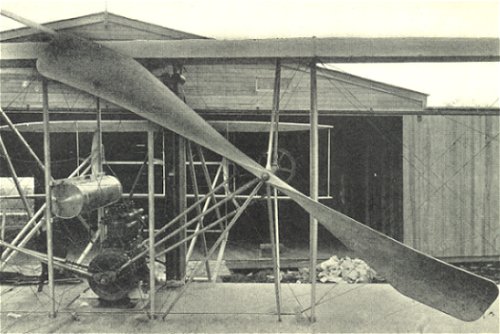 Go to the full
Go to the full
reviewRust
The Longest War
Jonathan Waldman
(Simon and Schuster)So there we were in the depths of southern Mexico, next to the Tonameca river, miles from the nearest town. It had been a great picnic --- frijoles charros (beans slowly cooked in the pot with epazote), freshly slapped tortillas (hand-sweat very important for flavor), fresh avocados (sprinkled with the local bitter crumbly white goat-cheese), along with flan for dessert, flan so sweet and dark that, as in that old traditional folk-song, it "Makes Your Eyes Light Up and Your Stomach Say Howdy!"After a nap in the hammock rocking next to the roiling waters, we roused ourselves, packed up the left-overs in the back of the truck, got in, stuck in the key, gave it a twist . . . and the truck said "click." That was it.
Have you ever done that one, what you get when you wrench the key to the right and you may be sitting there waiting for the roar of the engine and all they give you is a delicate little click.
Me? I'm not much for histrionics there on the banks of the Tonameca River, the sun setting fire over in the far west, dying in gold-red-green splendor. I knew all about being stranded in the wastelands, far from civilization, chewed on all night by the night beasties, being drained of vital bodily fluids by several thousand industrial-strength Mexican mosquitoes . . . the tiniest, the suckinist in the land.
What's more, I'm a grown man, so I don't weep in front of other people. But I did lay my head on the steering-wheel, musing on a long peaceful, beautiful full life, soon to be ravaged by malaria, dengue, the Yaws, and, worse, rank ennui.
"¿Qué pasa?" I asked Jesús. "¿Qué haces?" I asked him what he was doing, because he was scrabbling around in the back of the truck, going through the leavings of our lunch. "Busqué los limones," he said.
He was looking for the Mexican limes, those hard little nuggets we use to flavor all and everything when we are eating (and sometimes to scrub our hands after we're done). I said to him that here we were, about to be assigned to a night of pure misery, on a solitary plot thousands of miles from civilization, supper for the scavengers already scenting our dinner . . . and he's looking for limes.
"¿Por qué?" I asked. "¡Callaté la trompa!" he said, . . . not a nice thing to say to a respectable gentleman of my age, standing (and girth). It's usually translated as "Shut your snout!"
He told me to open the hood. I did, and he pulled the clips off the battery, soaked paper towels in lime juice, swabbed it over the clips and the terminals, which were covered in a powdery fluff.
If I had my iPad and a good internet connect, I would have found that "The white powdery substance is sulfuric acid and hydrogen crystals from the escaping hydrogen battery gases and liquid (the batteries have vents that allow the gases to escape)."
This acid causes corrosion of the copper wires and steel bolts attached to the battery and to some degree the battery posts and post connectors which are made of lead.
In other words, the corrosion had interfered with the charge we needed to crank up my old junker truck.
§ § § And now, reading Rust, I find that as soon as Jesús cleaned the posts with lime-juice, he eliminated the interference to the connections, for one of the cures specified for PbSO4 --- lead sulfate --- is "acetic or citric acid."
Thus the moment I turned the key (at the same time offering Jesús a buss, which he quickly refused) the truck started up like a charm: the sweetest music of the spheres, for those stuck in the hot wastelands there near nowhere near the equator.

